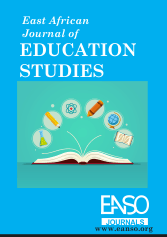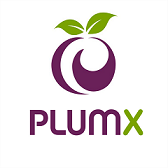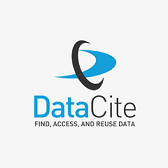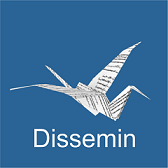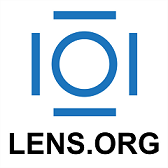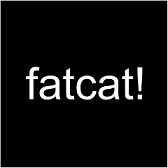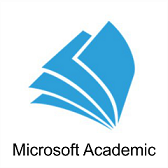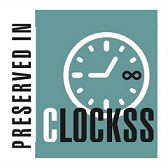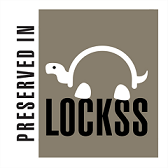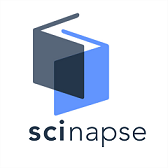Examining Symbolic Language-Based Approaches Used During Examinations Cheating among Tanzanian University Students
Abstract
This paper dwells on the symbolic language-based approach pertinent to examination cheating in Tanzania's Tertiary education. The previous studies have focused in-depth on the factors for cheating, but the communication system for cheating needs investigation. The study used a case study design whereby three Tanzanian Universities were used under investigation. The study used 10 students, who had completed their third year one week ago, and they were selected purposively through a snowball sampling technique. The reason was that one week ago was the time when students did not fear as they were free from studies. Three methods of data collection were used: focus group discussion with ten (10) students who were selected purposively, observation during examinations, and document analysis. Two theories were used, namely the Curriculum Implementation theory and the Constructivism theory, for assessing the symbolic language technique for examination dishonesty. The former infers that implementation of any programme should be based on teacher ability, management of the support facilities, as well as the clarity of the implementer, and the latter refers to the learning and teaching theories for quenching competence-based approach via ‘Social Interaction’ which plays a fundamental role in the process of cognitive development. The study revealed seven techniques, such as lip and tooth shaping, tooth rolling, cuffing, tonicity, Fingerism, and abbreviations used by cheaters. Based on these findings, students can be helped to develop study habits that raise competencies in their academic endeavours; also, technologies can be designed to detect cheating, such as a camera in the examination rooms, which may make cheaters fear rather than depending on physical invigilation by invigilators.
Downloads
References
Berhan, A., & Desalegn, A. A. (2014). Cheating on Examinations and Its Predictors among Undergraduate Students. Paper presented at Hawassa University College of Medicine and Health Science, Hawassa, Ethiopia. https://doi.org/10.1186/1472-6920-14-89.
Baxter, P., & Jack, S. (2008). Qualitative case study methodology: Study design and implementation for novice researchers. The Qualitative Report, 13(4), 544-559. Retrieved from http://www.nova.edu/ssss/QR/QR13-4/baxter.pdf
Brooks, J. & Brooks, M. (1993). The case for constructivist classrooms. Alexandria Va: Association for Supervision and Curriculum Development
Bryman, A. (2004). Qualitative research on leadership: A critical but appreciative review. The LeadershipQuarterly, 15(6), 729-769. https://doi.org/10.1016/j.leaqua.2004.09.007
Cizek, G. (1999). Cheating on Tests: How to Do It, Detect It, and Prevent It. Mahwah, NJ: Lawrence Erlbaum & Associates.
Crabtree, B. F., & Miller, W. L. (1999). Doing Qualitative Research (2nd ed.). Thousand Oaks, CA: Sage.
Creswell, J. (1998). Research design: Qualitative, quantitative, and mixed methods approaches (2nd ed.). Thousand Oaks, CA: Sage
Creswell, J. (2008). Educational Research: Planning, conducting and evaluation Quantitative and Qualitative research. 3rd Ed. New Jersey: Pearson Merrill Prentice Hall.
Ferrell, C. M.,& Daniel, L.G. (1995). A frame of reference for understanding behaviors related to the academic misconduct of undergraduate teacher education students. Research in Highe rEducation, 36, 345-375.
Genereux, R. L., & McLeod, B. A. (1995). Circumstances surrounding cheating: A questionnaire study of college students. Research in Higher Education, 36(6), 687-704.
Gross, N.(1971). Implementation Organizational Innovation: A sociological Analysis of Planned Educational Changes. New York: Basis Book Inc.
Jordan, A. E. (2001). College student cheating: the role of motivation, perceived norms, attitudes and knowledge of institutional policy. Ethics and Behaviour, 11(3), 233–247. https://doi.org/10.1207/S15327019EB1103_3
Houston, J. P. (1983). College classroom cheating, threat, sex and prior performance. CollegeStudent Journal, 17, 229-235.
Kothari, C. (2005). Research Methodology. New Delhi. New Age International Publisher
Kwong, T. Hing-Man, N., &Wong, E. (2010). Students’ and faculty’s perception of academic integrity in Hong Kong, Campus-Wide Information Systems, 27(5), 341–355. https://doi.org/10.1108/10650741011087766
McCabe, D. L., & Bowers, W. J. (1994). Academic dishonesty among males in college: A thirty year perspective. Journal of College Student Development.
McCabe, D. L., Trevino, L. K., & Butterfield, K. D. (2001). Cheating in Academic Institutions: A. Decade of Research, Ethics and Behavior,11, 219-232.
McCabe, D. L., Trevino, L. K., & Butterfield, K. D. (1999). Academic Integrity in Honor Code and Non-Honor Code Environment: A Qualitative Investigation. Journal of Higher Education, 70, 211-234.
Odongo, A. D., Agyemang, E., & Forkuor, B. J. (2021). Innovative Approaches to Cheating: An Exploration of Examination Cheating Techniques among Tertiary Students. Hindawi Education Research International Volume 2021, Article ID 6639429, 7 pages.
Rwezaura, P.P. (2016).The Implementation of Competence-Based English Curriculum in Kinondoni Municipal Primary. Unpublished dissertation from the Open University of Tanzania.
Ruto, K.D., Kipkoech, C.L.,& Rambaei, K.D. (2011). Student factors influencing cheating in Undergraduate Examinations in Universities in Kenya. Problems of Management in the 21st Century Volume 2, p.173-181.
Yin, R. K. (2003). Case study research: Design and methods (3rd ed.). Thousand Oaks, CA: Sage.
Searle. J.,& A., Freeman, A. (1995). The Construction of Social Reality. Anthony Freeman in conversation with John Searle. Journal of Consciousness Studies 2 (2):180-189.
Shon, P. C. H. (2006). How College Students Cheat On In‐Class Examinations: Creativity, Strain, and Techniques of Innovation. Plagiary: Cross‐Disciplinary Studies in Plagiarism, Fabrication, and Falsification, 130‐148.
Vygotsky, L. (1978). Interaction between learning and development. Readings on the Development of Children, 23 (3), 34-41.
Copyright (c) 2025 Chipanda Simon, PhD

This work is licensed under a Creative Commons Attribution 4.0 International License.

